The Symbolism art movement emerged in the late 19th century. It brought a profound shift in the world of art. Symbolist artists sought to convey emotions, ideas, and the metaphysical through rich, evocative imagery and symbolic representations. The purpose of paintings in the symbolism art movement is to focus on what each element or the whole symbolises rather than what the elements literally are.
In this article, we’ll explore the Symbolism art movement and its famous paintings. These artworks offer insights into the lives and creative processes of the artists who delved into the realms of the subconscious and the spiritual.
What type of art was created during the Symbolism movement?
Paintings, poetry, sculptures and literature were made during the Symbolist art movement.
Symbolism art was created and popular during which years?
The Symbolist art movement began around 1886 and was popular until the 1900s.
Where was Symbolism art made and popularised?
Symbolism began in France and Belgium and then became popular in other parts of the world
What medium (media) and tools were used to make Symbolism Art?
Oil on canvas, dyes and inks were used to make symbolist artworks.
Who are some famous Symbolism artists and artworks?
The Crying Spider by Odilon Redon
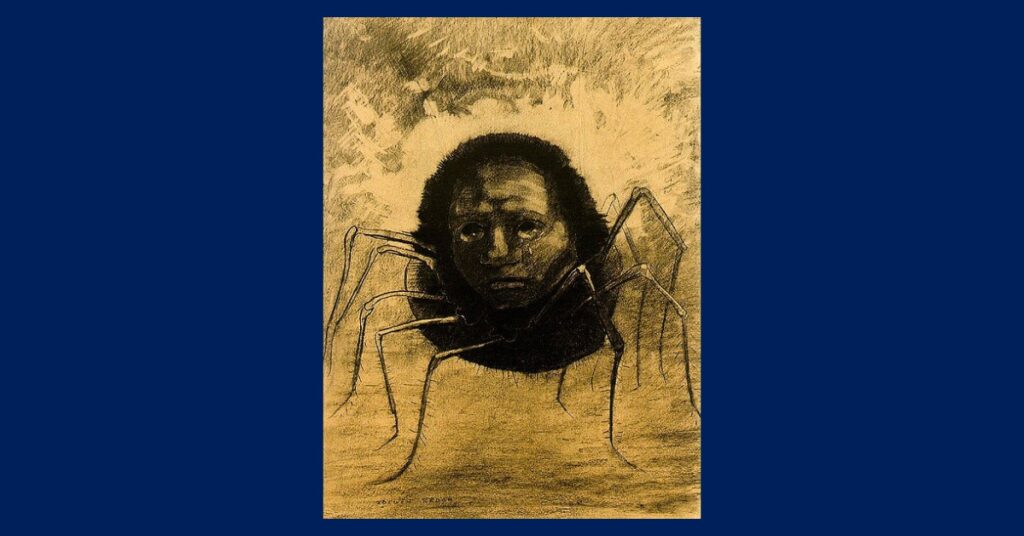
The Death of the Gravedigger by Carlos Schwabe
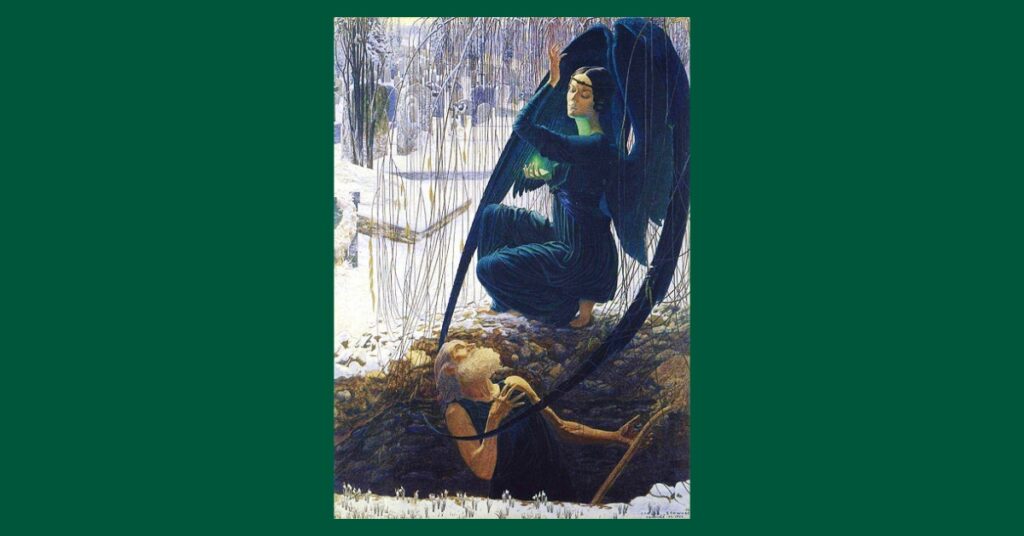
The Dinky Bird by Maxfield Parrish
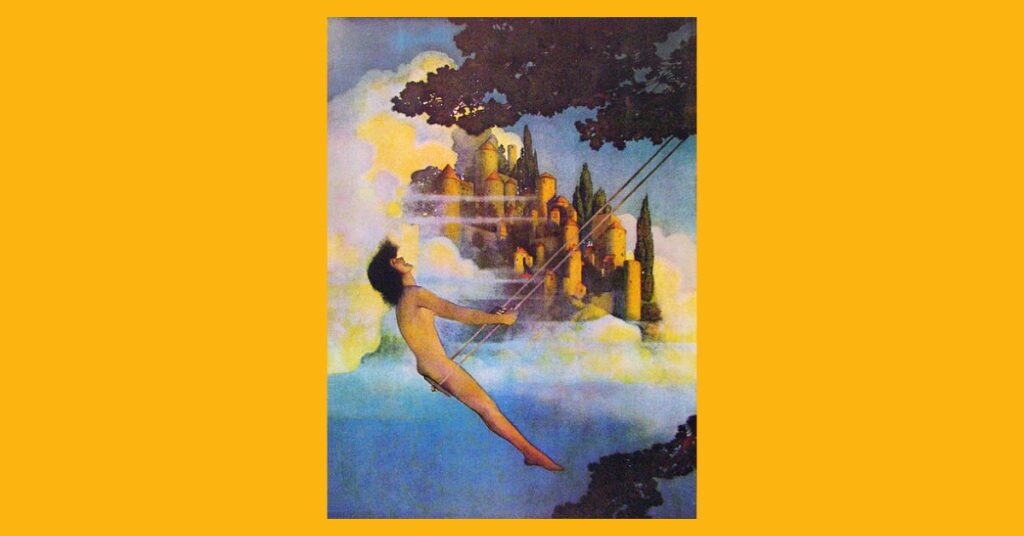
Which art movement came before the Symbolism movement?
Post-impressionism and Realism came before the Symbolist art movement.
Which art movement came after the Symbolism movement?
Expressionism came after the Symbolist art movement.
Top 6 Artworks of the Symbolism Art Movement
The Scream by Edvard Munch
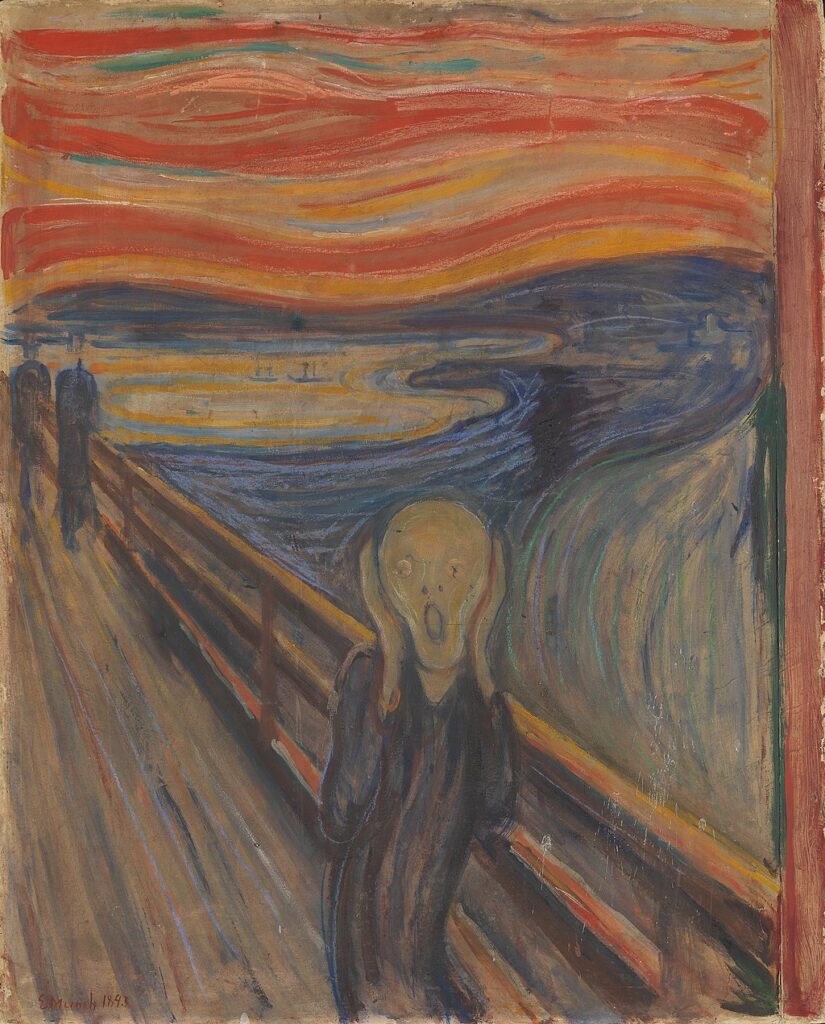
Edvard Munch’s “The Scream” (1893) is a versatile artwork that can be considered as both, an Expressionist and a Symbolist painting. Here, we notice the sense of existential angst and alienation that is symbolised by the only man standing on a bridge who happens to be screaming with horror in his eyes.
Munch’s “The Scream” is a representation of his personal anguish and anxiety. The inspiration for the painting came from a walk he took with friends, during which he felt overwhelmed by a sort of anxiety attack. Munch’s ability to use shocking characters to symbolise extreme emotions is well highlighted in this artwork.
The Kiss of Judas by Gustave Moreau
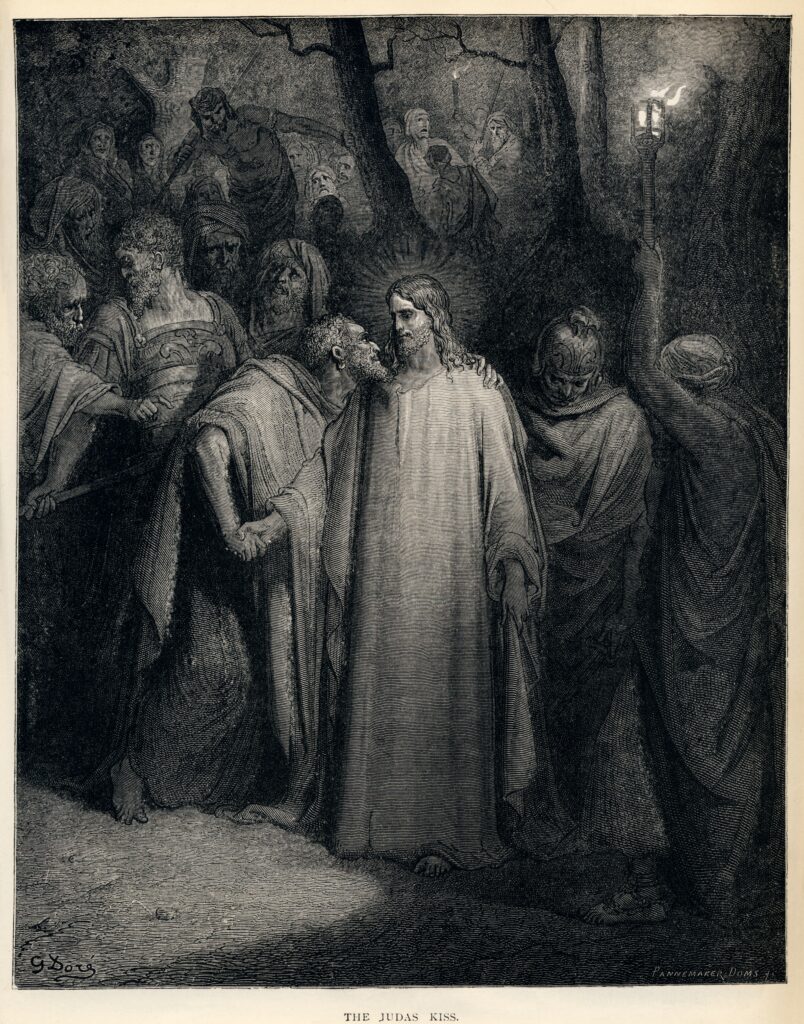
Gustave Moreau’s “The Kiss of Judas” (c. 1860) is a compelling work that merges Symbolism with biblical themes. The painting portrays the moment when Judas identifies Jesus to the Roman soldiers with a kiss.
Gustave Moreau was a central figure in the Symbolist movement and was known for his detailed and imaginative style. “The Kiss of Judas” reflects his fascination with biblical narratives and the capacity of art to convey complex allegorical themes. This piece symbolises the shock of betrayal in an otherwise ordinary moment.
The Apparition by Gustave Moreau
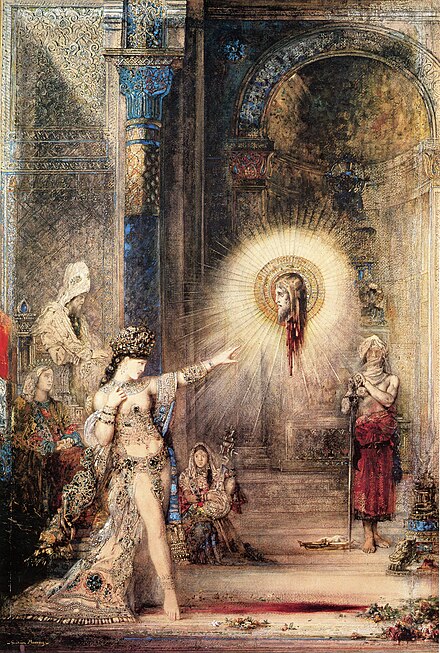
Gustave Moreau’s “The Apparition” (1876) is another remarkable Symbolist painting by the artist. The artwork features a head floating above a pool of blood with another character pointing at it while the staffage looks on.
“The Apparition” is a reflection of Moreau’s affinity for dreamlike and otherworldly subjects. His work often blurred the lines between myth, reality, and the ethereal, reflecting the Symbolist movement’s interest in mysterious subjects. Moreau’s attention to intricate details and the creation of a sense of trance are evident in this piece.
The Bourgeois Salon by James Ensor
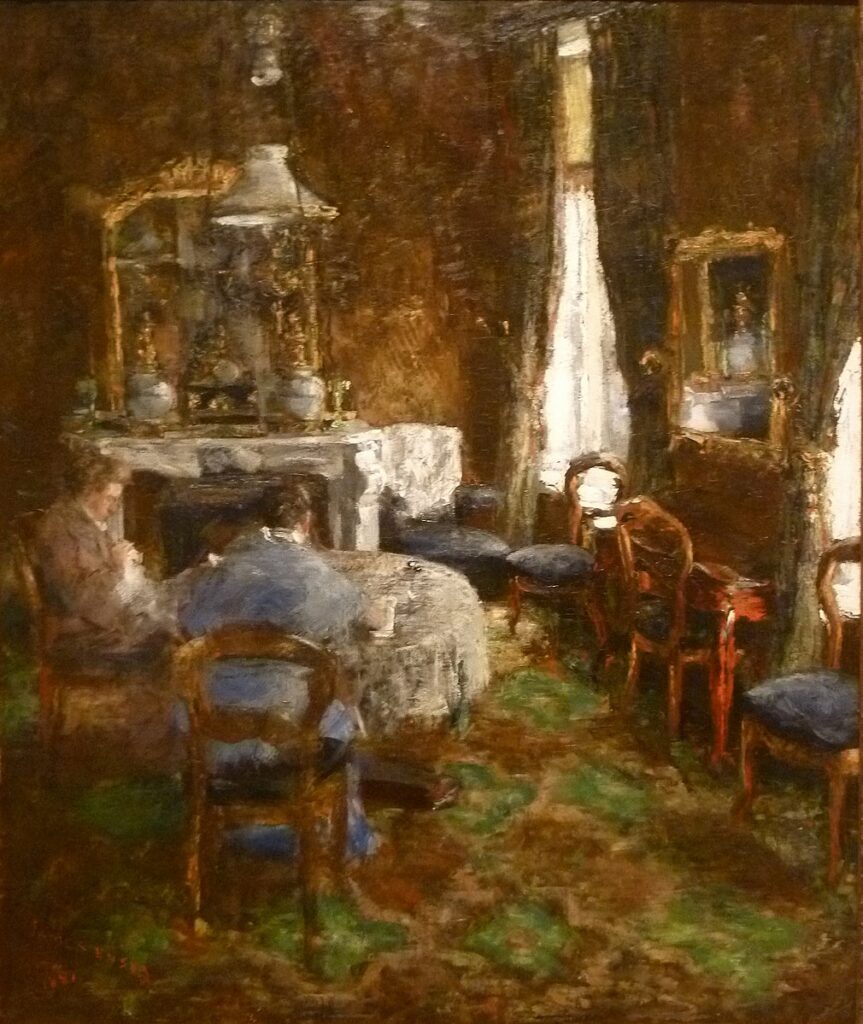
James Ensor’s “The Bourgeois Salon” (c. 1881) is a grim and enigmatic Symbolist painting that explores themes of melancholy and emptiness. The artwork features two people at a breakfast table with their heads hanging low as if in despair. The Victorian English room has bursts of sunlight coming in through the window as yet the scene has a glum feel.
The Cyclops by Odilon Redon

Odilon Redon’s “The Cyclops” (c. 1914) is a surreal and enigmatic Symbolist painting that features a one-eyed creature with symbolic elements. The artwork is a testament to Redon’s fascination with the fantastical mythology.
Redon’s rendition of Cyclops itself is minimal with the single eye being the only feature on a plain body. However, this is a stark contrast to the background and foreground which is full of floral foliage. This is more like a symbol of the emptiness within despite existing in a chaotic world.
Ophelia by Odilon Redon

Odilon Redon’s “Ophelia” (c. 1900) is a pensive piece that draws inspiration from Shakespeare’s character. The artwork features a ghostly female figure surrounded by symbolic elements.
“Ophelia” is another example of Redon’s fascination with literary and mythical characters. He took characters from recognisable stories like the Cyclops from Greek mythology and Ophelia from Hamlet and gave them a distinct spin of his own.
The paintings of the Symbolist art movement show us, as viewers, that what you see is not always what you get. A simple subject can symbolise something entirely different or profound. This makes a canvas so packed with meaning that the painting becomes almost heavy with the weight of meaning in the symbols.
*Images from Wiki Commons







0 Comments